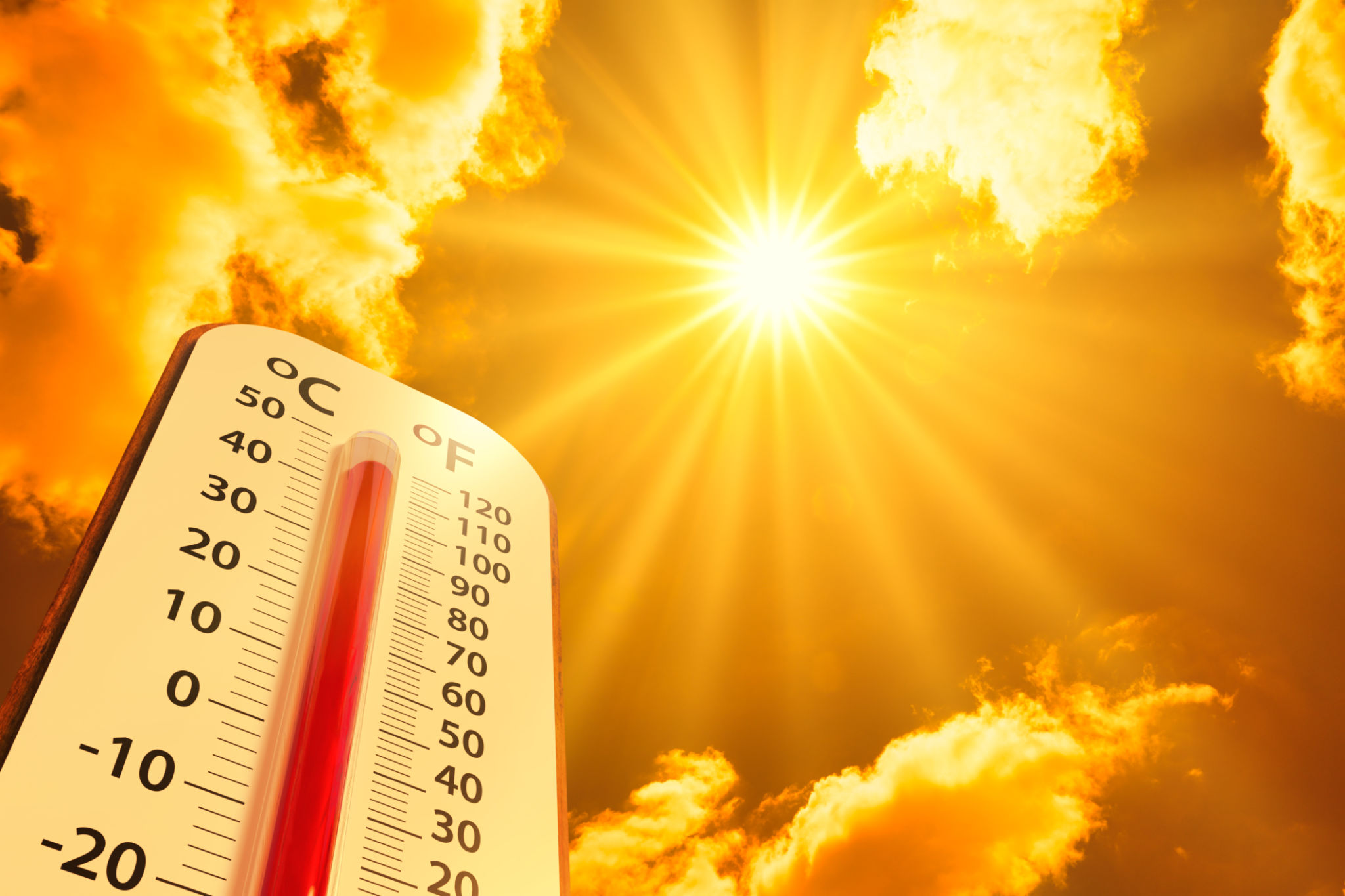Understanding the Impact of Local Weather on Your Gutters and Glass
Understanding Local Weather and Its Effects on Gutters
Your gutters are an essential component of your home's roofing system, and local weather patterns can have a significant impact on their performance and longevity. It's important to understand how different weather conditions can affect your gutters to ensure they remain functional and effective in protecting your home from water damage.
Heavy rainfall, for example, can quickly overwhelm your gutter system if it's not properly sized or maintained. This can lead to overflowing gutters, which can cause water to pool around your home's foundation, leading to potential structural damage. Regular maintenance, such as cleaning out debris and ensuring proper drainage, is crucial in areas with frequent rain.
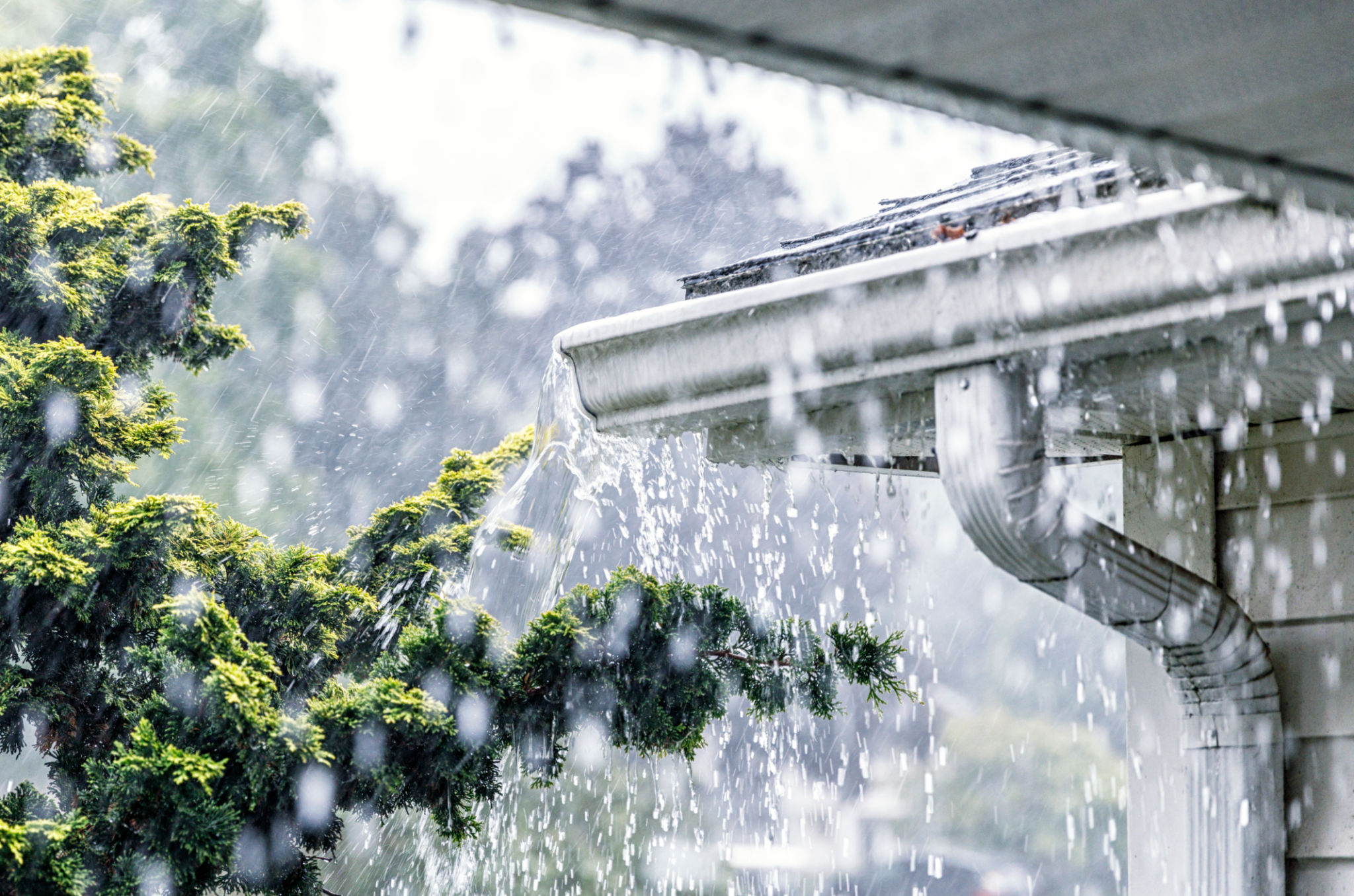
Cold Weather Challenges
In colder climates, snow and ice can pose significant challenges for your gutter system. Ice dams can form when heat escapes from your home, melting the snow on your roof. As the water reaches the colder edges of the roof, it can refreeze, creating a dam that prevents proper drainage.
This can lead to water backing up into your roof and attic, potentially causing damage to your home's interior. To combat this, ensure your attic is well-insulated to minimize heat escape and consider installing gutter guards or heating cables to prevent ice build-up.
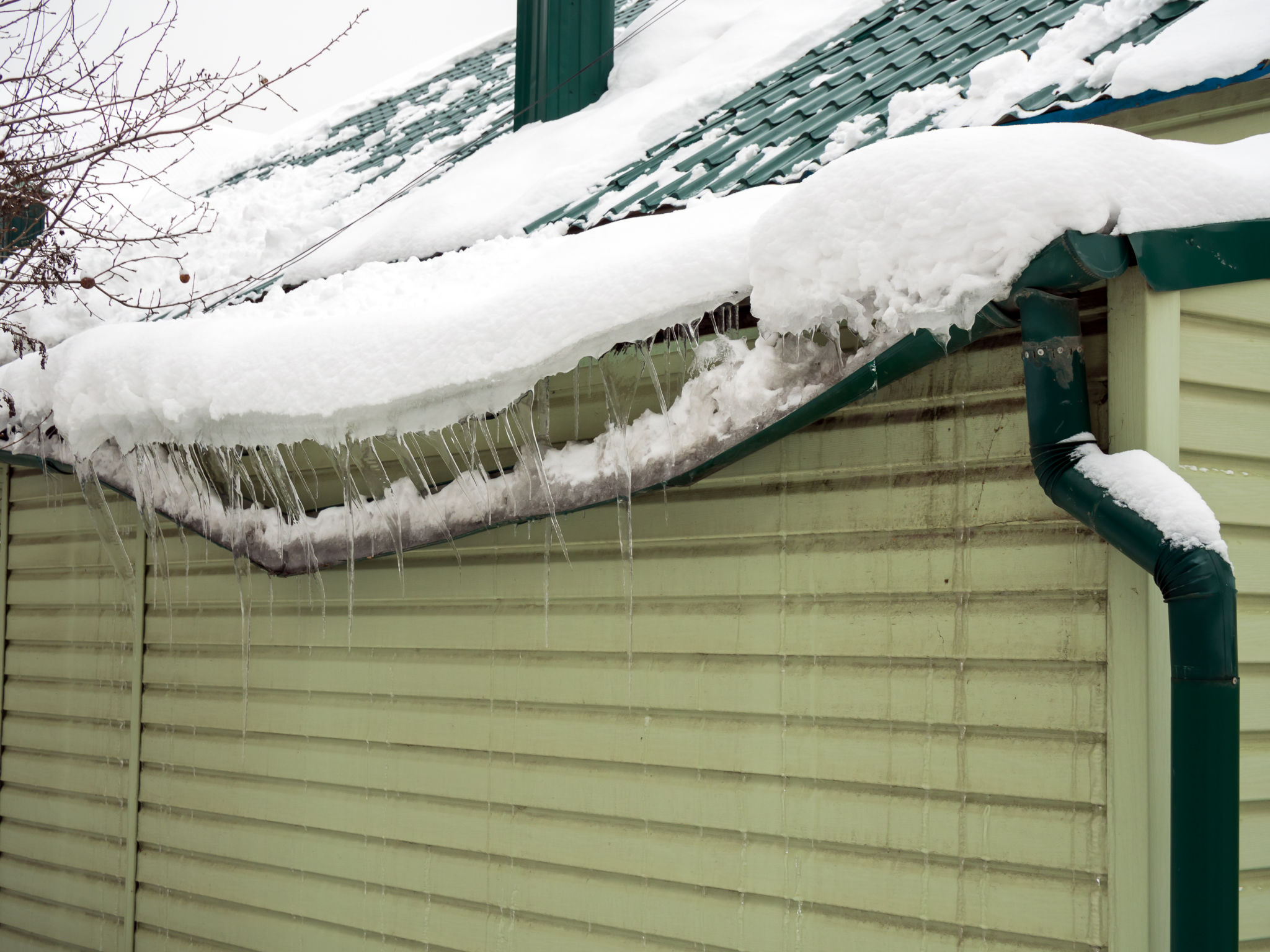
Wind and Debris Impact
Windy conditions can also affect your gutters by blowing debris such as leaves, twigs, and dirt into them. Over time, this debris can accumulate and cause blockages, leading to water overflow during rainy periods. Regularly cleaning your gutters or installing protective covers can help mitigate this issue.
Additionally, strong winds can physically damage gutters by loosening brackets or even detaching them from the roof entirely. Inspecting and securing your gutter system regularly can prevent these problems from becoming costly repairs.
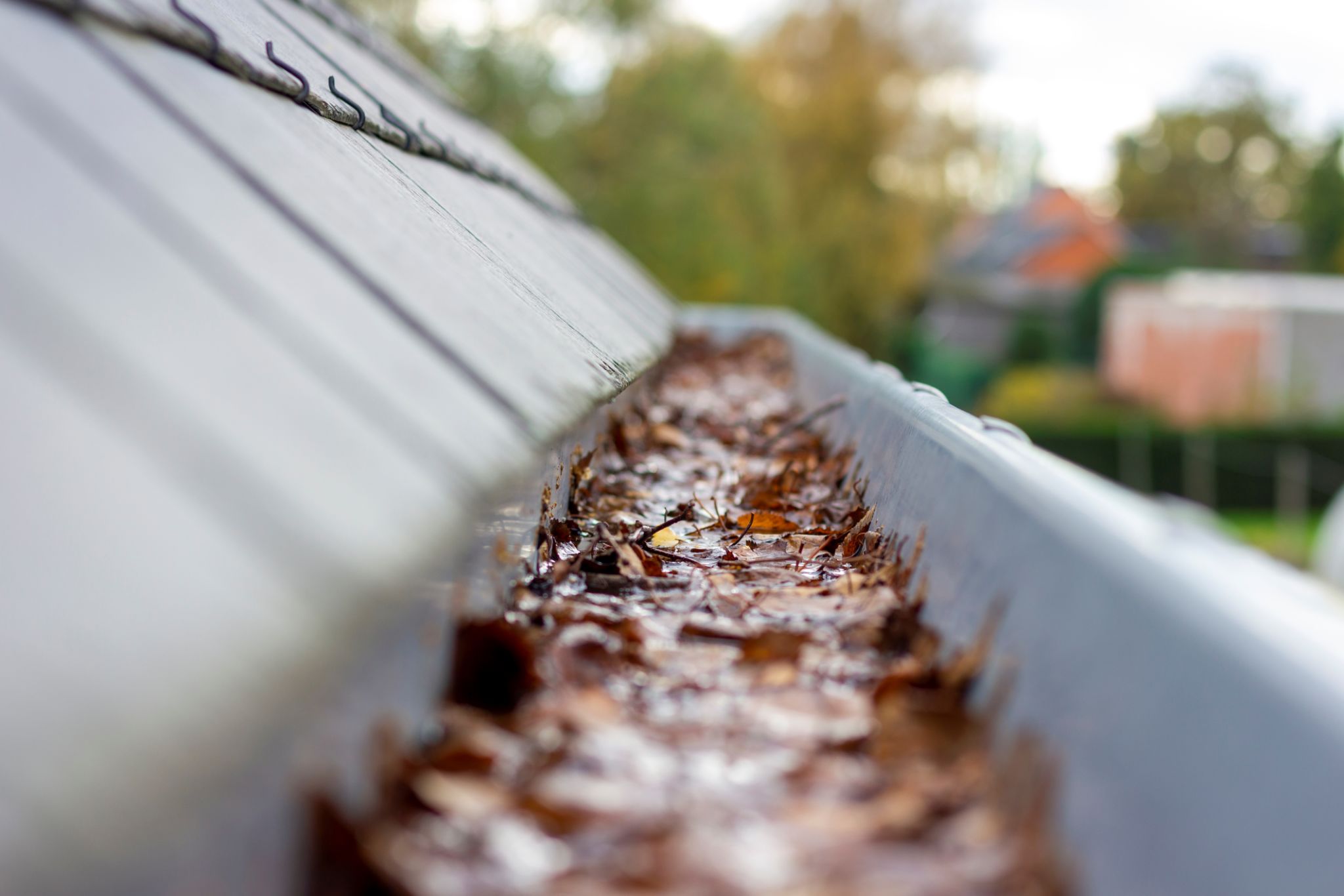
The Influence of Local Weather on Glass
Just as weather affects gutters, it also has a significant impact on your home's glass surfaces. Windows and glass doors are vulnerable to various weather conditions, from intense sunlight to severe storms.
Prolonged exposure to the sun's UV rays can cause window frames and seals to deteriorate over time. This can lead to drafts and decreased energy efficiency in your home. Consider using UV-protective films or coatings on your windows to reduce this effect.

Storm Damage Prevention
Severe storms with high winds and flying debris pose a threat to glass surfaces. Impact-resistant windows or storm shutters can provide an added layer of protection during such events, minimizing the risk of breakage.
Regularly inspecting your windows for cracks or weaknesses is also important. Address any issues promptly to maintain the integrity of your home's glass surfaces.
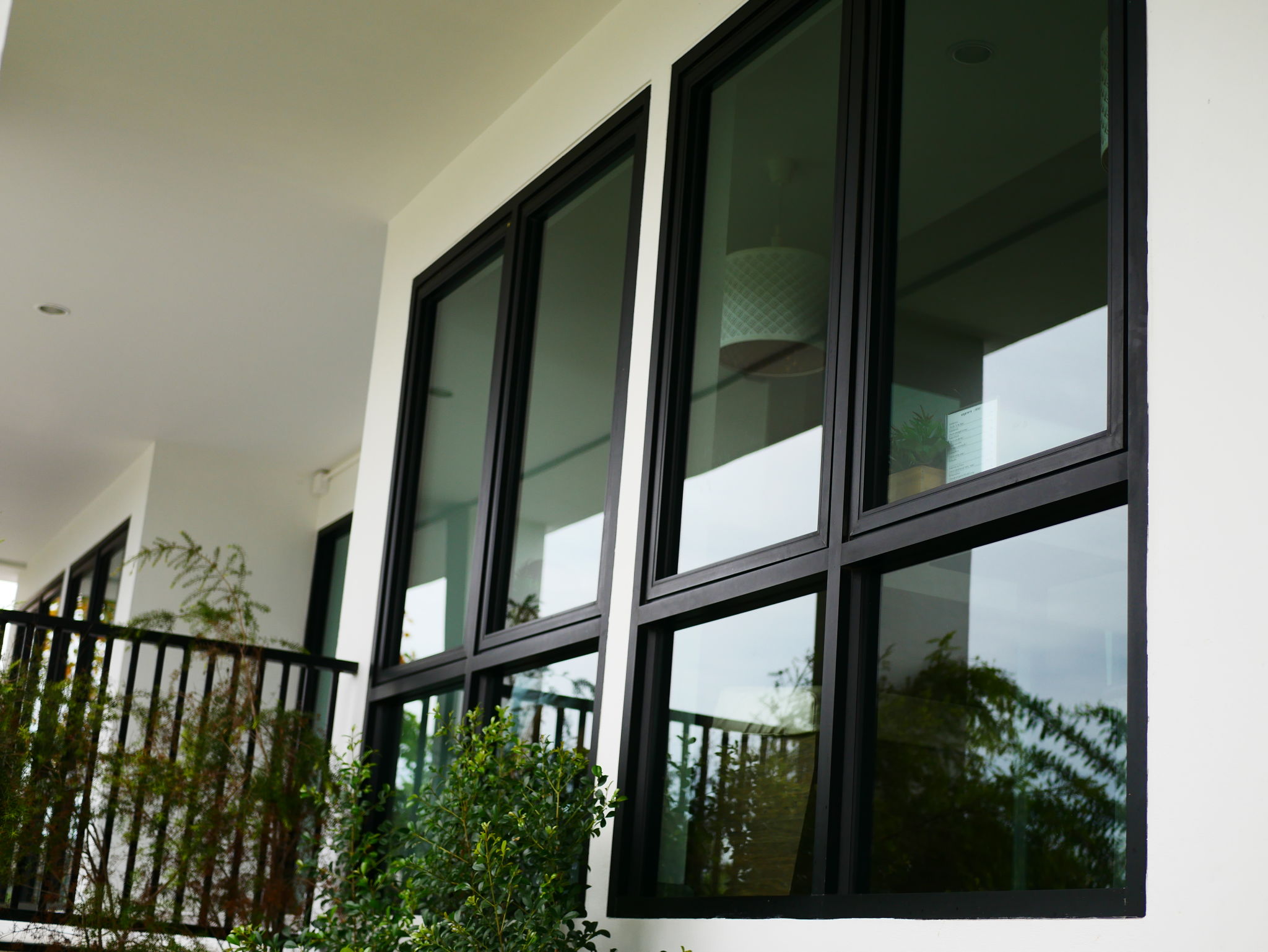
Temperature Fluctuations
Temperature fluctuations can cause glass to expand and contract, potentially leading to stress fractures over time. In regions with extreme temperature variations, it's particularly important to choose high-quality glass that can withstand these changes.
Investing in double or triple-glazed windows can provide better insulation against temperature extremes, helping maintain a comfortable indoor environment while protecting the integrity of your glass.
